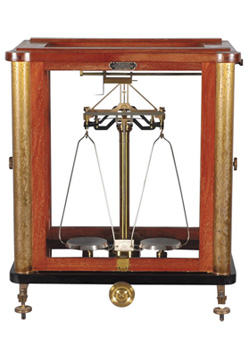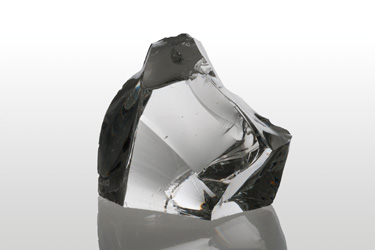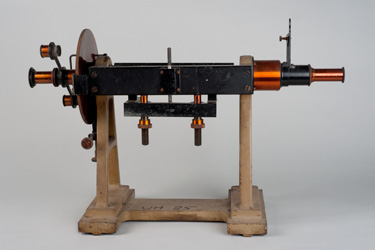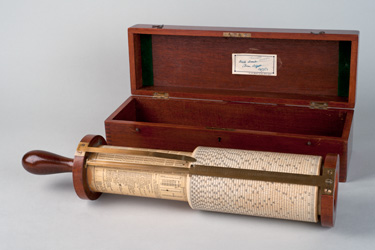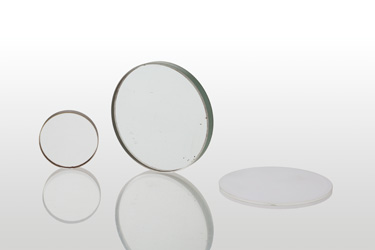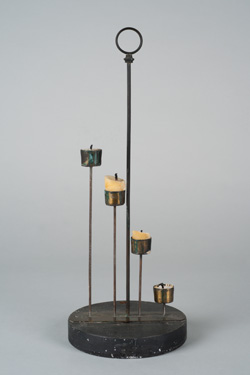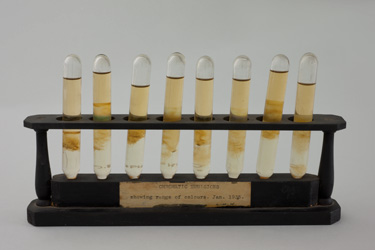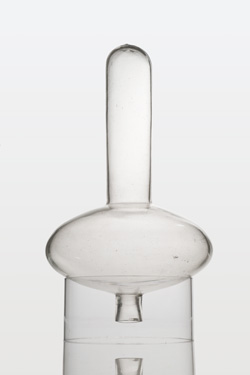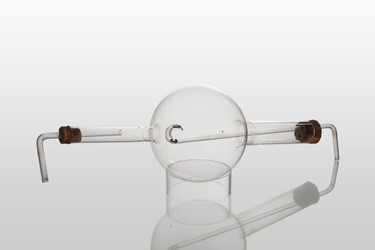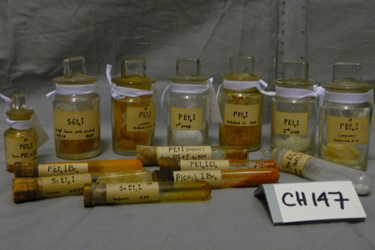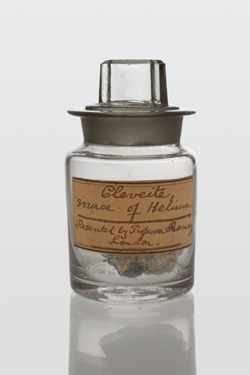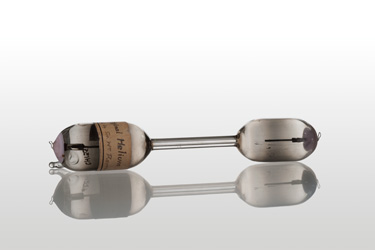Miscellaneous: 7, 69, 69.a, 80.b.ii, 147, 155.a, 155.b, 11,
CH7: Sartorius Balance
This Sartorius balance was used by Chemistry lecturer Gustav Ampt, considered one of Australia's finest analysts in his day. He purchased the balance for ten pounds, from a merit award he received. Balances are an essential piece of equipment for chemists.
CH 11, 69 & 69.a: Optical Glass
During WWII The University of Melbourne was involved in the production of optical glass, since glass could not be obtained from Germany, Britain or the USA. The glass produced at the university was for use in telescopes, binoculars, gun-sights etc. E. J. Hartung, amongst others, was involved in the development of the glass, as the manufacturing details were being held as closely guarded secrets by Britain and the USA.
CH 80.b.ii: Lecture Demo
Demonstrations were a vital component of lectures given in the School of Chemistry. This demonstration used the density of carbon dioxide to extinguish flames.
CH 147: First research samples from the School of Chemistry.
In 1886 the School of Chemistry became part of the Faculty of Science, and this heralded the beginning of research within the school. These are the first research samples produced, as part of John Kirkland's research into the production of ethyl and methyl halides. This research was begun by David Orme Masson in Edinburgh, prior to becoming Professor of Chemistry in 1886.
CH 155.a & 155.b: Samples of Cleveite and Helium
Helium was first discovered and extracted from cleveite by Nobel Prize-winner William Ramsay. These are samples of both cleveite and helium presented to the school by Ramsay. He also discovered the noble gases argon, neon, krypton and xenon.


